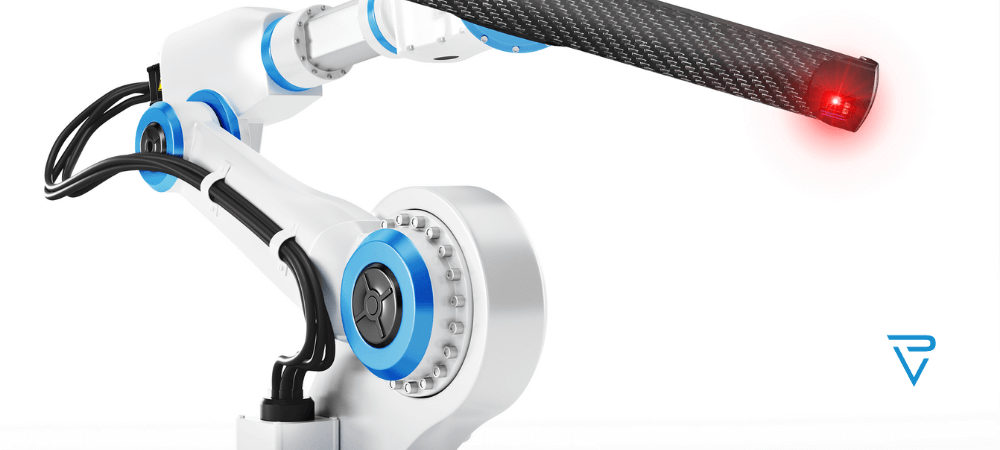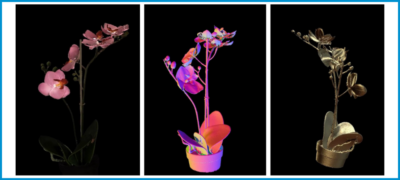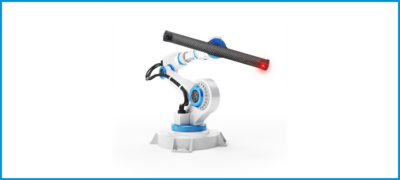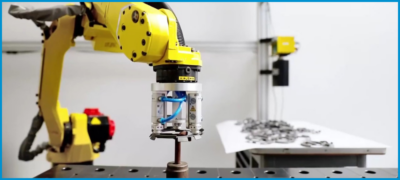
The impact of coronavirus on industrial automation
By Branislav Pulis & Andrea Pufflerova
The global pandemic affected business all around the world. Some production and manufacturing facilities maintained their operations in a restricted regime, others were suspended, and some were forced to close permanently. What is the business impact of this new situation on automation? Do companies reach for 3D vision based automation solutions less or more than before the pandemic outbreak? And what measures can be taken to help restore the economy and get businesses back on track? Photoneo’s Branislav Pulis, VP of Sales & Marketing, provides his insight on the current situation and its impact on automation in the following interview
A.P.: How did the outbreak of the coronavirus impact companies and their projects? How did businesses react to the new situation and how did it change the individual sectors that started to automate?
B.P.: Though a lot of projects were stopped and a number of companies were forced to close, especially during the first wave of the pandemic, the demand for automation remained the same, if not increased. Because automation and robotization are crucial factors that can help companies get back on track, the interest in automation is even stronger than before. What has also changed, however, is the time it takes companies to decide for a particular automation solution. Now everything takes much longer. The positive side is that during this second wave companies need to find a way how to operate if they want to stay functional. This makes a strong push on management to find ways to make the operation safe and thus more automated.
«3D vision-based applications such as robotic picking are generally very flexible – usually they do not comprise a single-purpose system for one type of product but can be adjusted to a new type of product just by adding a different software. Therefore, we can expect a boom in flexible automation.»
— Branislav Pulis, VP of Sales & Marketing at Photoneo —
A.P.: What about the suppliers of automation technologies ? What stance did they take and how did they react to the new situation?
B.P.: Providers of automation solutions started to look for new sectors and applications for their systems. Many of them adjusted their solutions to the new needs the pandemic brought on in an effort to help fight the crisis. Some companies came up with brand-new systems, others just found new applications for their existing products. For instance, some automotive companies managed to change their production lines to manufacture lung ventilators and other high-demand products. This transformation is a very nice example of flexible automation that allows companies to switch their production to different products with small effort and investments.
In this regard, 3D vision-based applications such as robotic picking are generally very flexible – usually they do not comprise a single-purpose system for one type of product but can be adjusted to a new type of product just by adding a different software. Therefore, we can expect a boom in flexible automation.
A.P.: How do you think companies should respond to the new situation? What can help kick-start businesses? And what will the market look like in the upcoming years? Will there be an interest in automation?
B.P.: In my opinion, as soon as the second pandemic wave is over or when there is a vaccine, companies will push for automation more than ever and we will witness a boom in robotization. I think that this trend will be inevitable if we want to achieve optimal supply chain processes and accurate and on-time deliveries. Without advanced, smart automation, this will be very difficult.
The pandemic showed us the importance of automation – infected employees together with the imposed restrictions led to the lack of workforce and in many cases also to the closure of businesses or prolonged delivery times.
Aside from the current situation, companies have experienced fluctuations in the workforce throughout the year. In addition, the global parcel volumes have generally been growing at a rate of up to 25% per year. In order to be able to meet the ever-growing market demands, companies will have no other option than to automate if they want to gain a competitive edge.
A.P.: Why should companies actively participate in the integration of automation solutions?
B.P.: Because automation helps to increase productivity, efficiency, and manufacturing flexibility; it also improves the utilization of human resources and reduces the risk of failures in product deliveries.
Photoneo also wants to help support the spread of automation by introducing a new price tag for the Bin Picking Studio. This way we want to help kick-start industrial projects around the world in these challenging times and get them back on track by making automation available truly for everyone.




